
When it comes to your fave Friday night resto spot—it’s likely you already know what’s on the menu. But what’s in the menu? Well that’s a question you might not have a taste for—yet. It’s time to whet your appetite.
Restaurant branding plays a pivotal role in creating an overall mood. From font choices to scale, color and layout—these elements of design set the stage for setting the table. I hope your eyes are bigger than your stomach because we’re exploring what top branding professionals are craving.
Lightspeed sat down with Reanna Evoy co-founder and Creative Director at Super Bonjour, and Maude Paquette-Boulva Designer and founder of Studio Paquette, to get their thoughts on how restaurant branding has changed in recent years.
6 Ways to Run Your Restaurant Smarter in 2023
This guide will walk you through the future-proof restaurant tactics that will add flexibility to your business—a key to thriving in the new world of hospitality.
- The skinny on menu designs
- A taste for the unexpected
- What are we wanting to eat?
- Unsettling times, comforting tastes
- Cheers to sobriety
- A taste of what’s to come
The skinny on menu designs
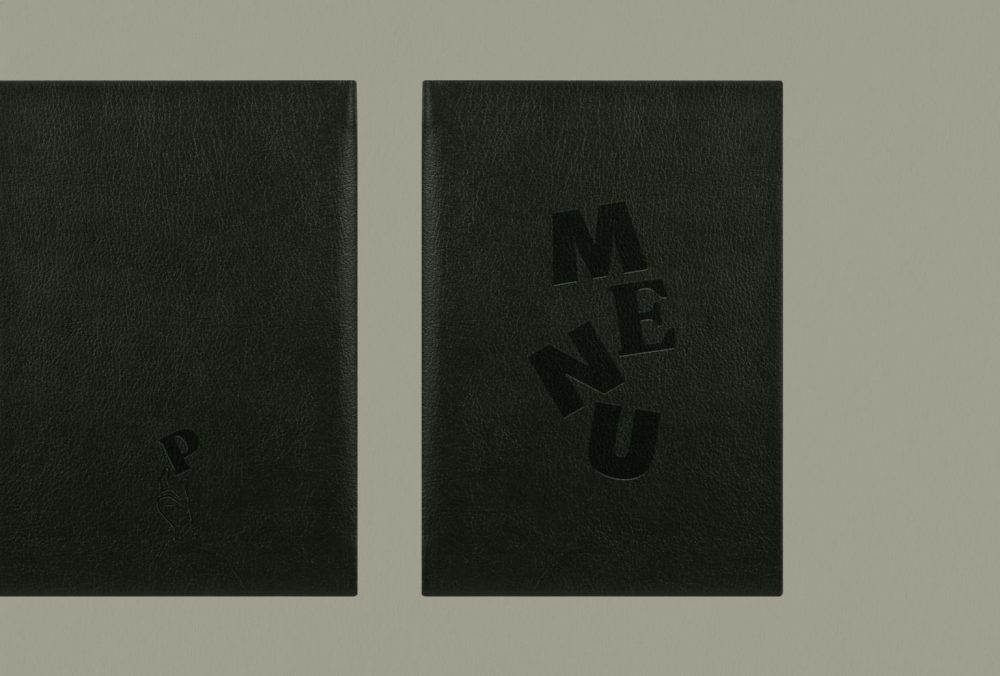
A sample of Designer and Founder of Studio Paquette Maude Paquette-Boulva’s work for upscale restaurants.
Costs might be growing but, according to the New York Times, menus are shrinking. Whether in an effort to stand-out from the pack or simply save on printing costs, menus are getting smaller. In the NYT recent tour of the US in search of overarching menu trends, they noted the prevalence of half-size vertical menus as well as teensy-tiny font scale—not necessarily ideal for dining by candlelight.
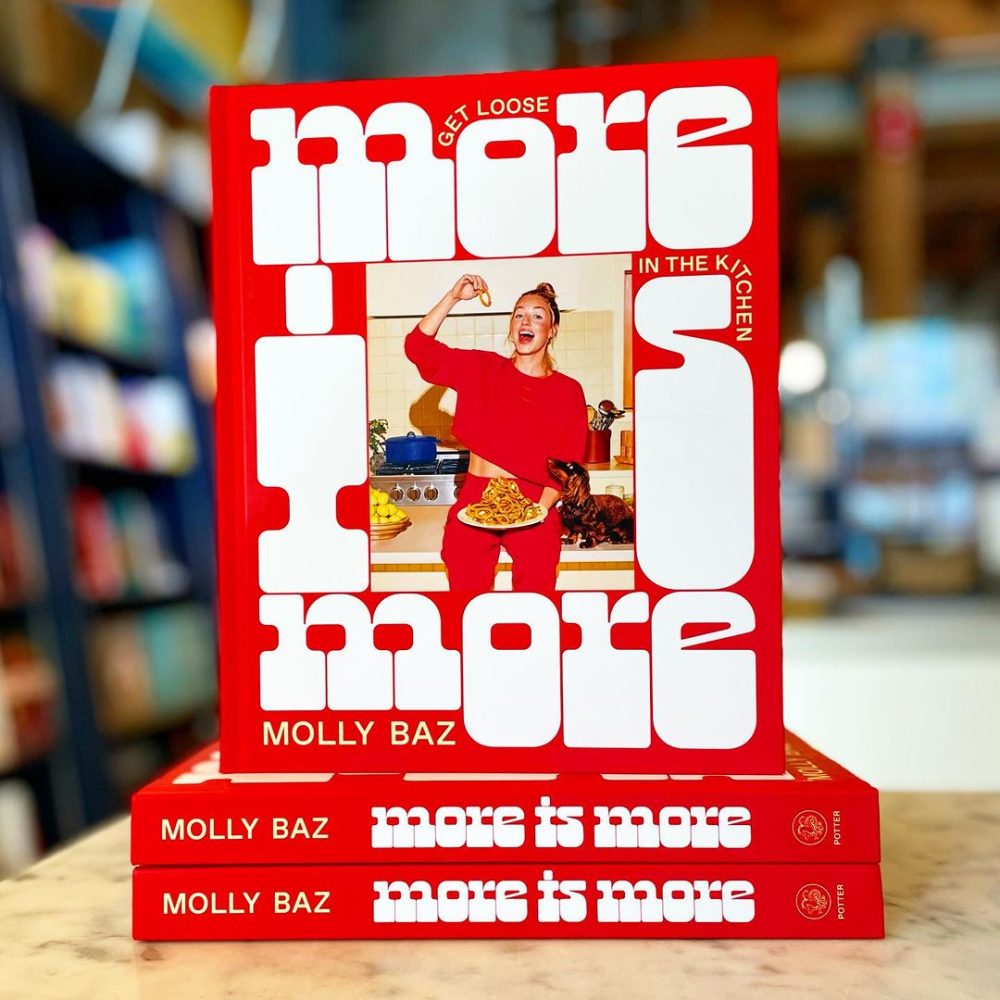
Molly Baz’s cookbook More is More highlights the experimental use of typography trending now.
Super Bonjour Co-Founder and Creative Director Evoy has spotted some interesting trends in both the characteristics of typography and in its use. As she explains,
“Typography takes on a juxtaposing approach – there is a trend of placing things where they don’t belong, with titling, cascading type treatments and loads of contrast. Just take a look at Molly Baz’s newest cookbook, More is More, using bubbly lava lamp typography or Alison Roman’s logo for First Bloom, brought to life by the talented Maggie Boyd. These designs exude a delightful human touch, pushing joy and personality into every aspect.”
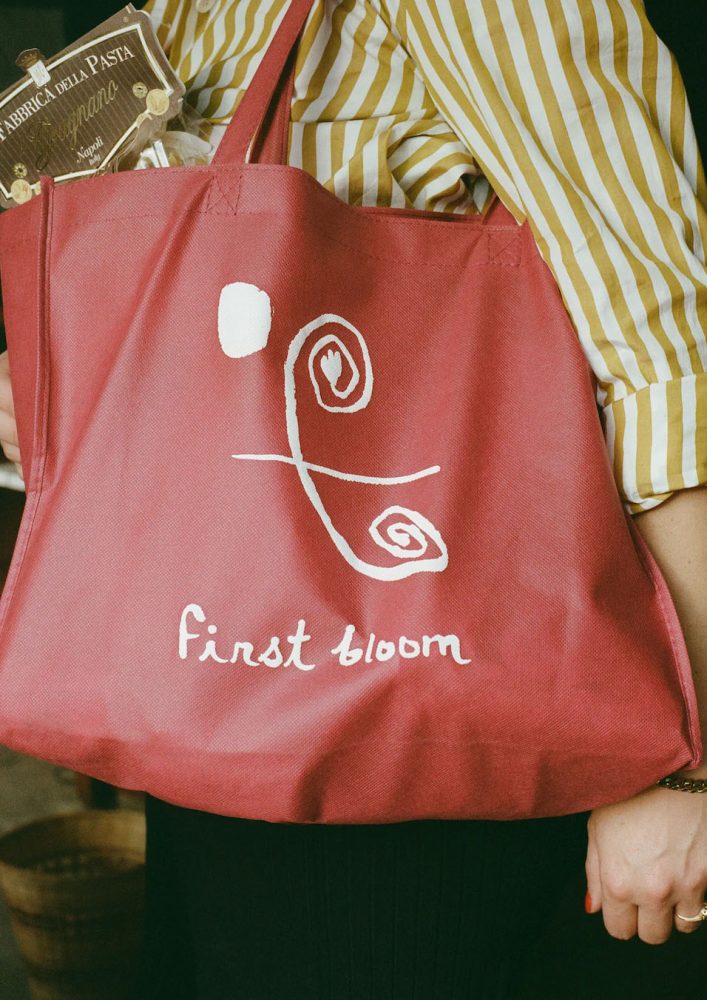
Food writer, chef & internet personality Alison Roman’s store first bloom branding.
A taste for the unexpected
This “anything goes” aesthetic leaves no design stone unturned. Unconventional color combinations, and yes Barbie pink are still in circulation, and considerations for even table cloth contrast are in the mix.
Maude Paquette, designer and founder of Studio Paquette, who is sought after for her expertise in hospitality design is a frequent collaborator with agency Oyster Sunday. She’s observed that restaurants have a freedom that perhaps retail spaces don’t—not having to adhere to rigid brand guidelines. As Paquette describes it,
“As living organisms, restaurants can afford to be less regimented in their brand guidelines, and novelty in graphics is a way to keep things interesting. One trend I’ve noticed is artist collaborations. With so many resources widely available online, having bespoke illustrations is a key differentiator while supporting local talent. Time will tell how people start using AI for that purpose.”
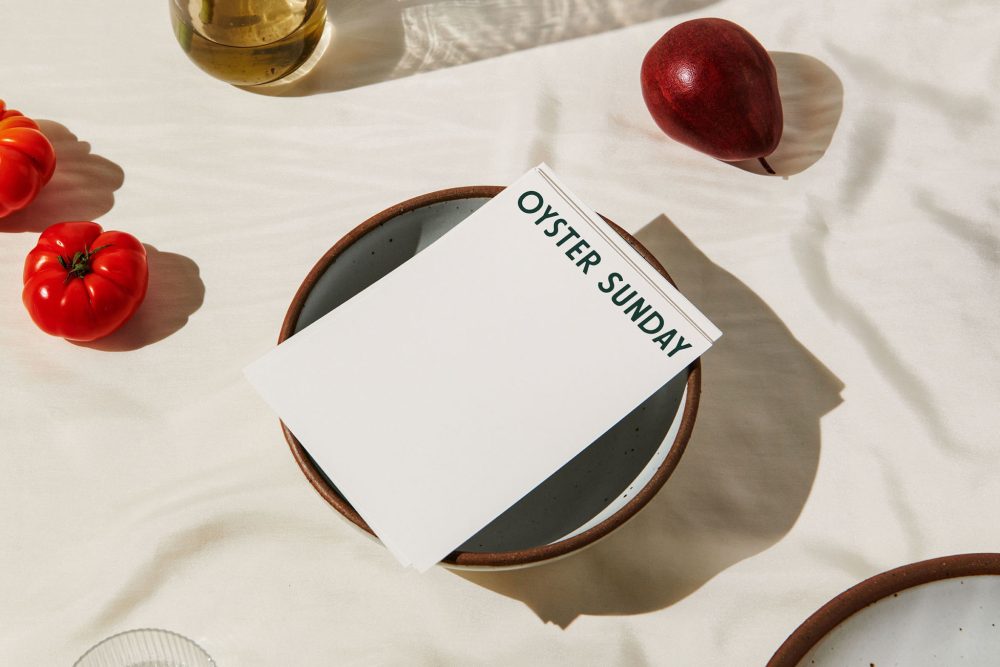
Approachable, human and informal—these irregular touches could be strategic and trendy or simply a purely functional choice. Lightspeed Art Director Ashley Olivieri sees variation happening as a whole within any given restaurant’s branding as “sign of the times”.
Whether it’s cost saving measures, time constraints or just simply a change of talent on the agency side, brands often dabble with multiple styles simultaneously. Paquette elaborates on this, “The truth is that between my work with restaurants and eating out, it’s such a mixed bag of menu logistics. I would say that in recent years, and especially since the pandemic, everyone has become more technologically savvy—restaurants included.
That, paired with platforms like Squarespace have empowered businesses on the tech front and made updates much easier and less costly than with previously outsourced printed material.”
What are we wanting to eat?
Food selections have also been greatly impacted by the pandemic years trends and rising food costs. It seems small sharing plates are still popular. With more people working remotely or adopting hours outside the 9to5, smaller plates cater outside the course structure and provide value.
Unsettling times, comforting tastes
Nostalgia, and the symbolic cry for “simpler times” isn’t just booming in fashion but food as well. In particular, desserts are seeing a renaissance of old school dishes like Panna Cotta, coconut layer cakes and ice cream sundaes.
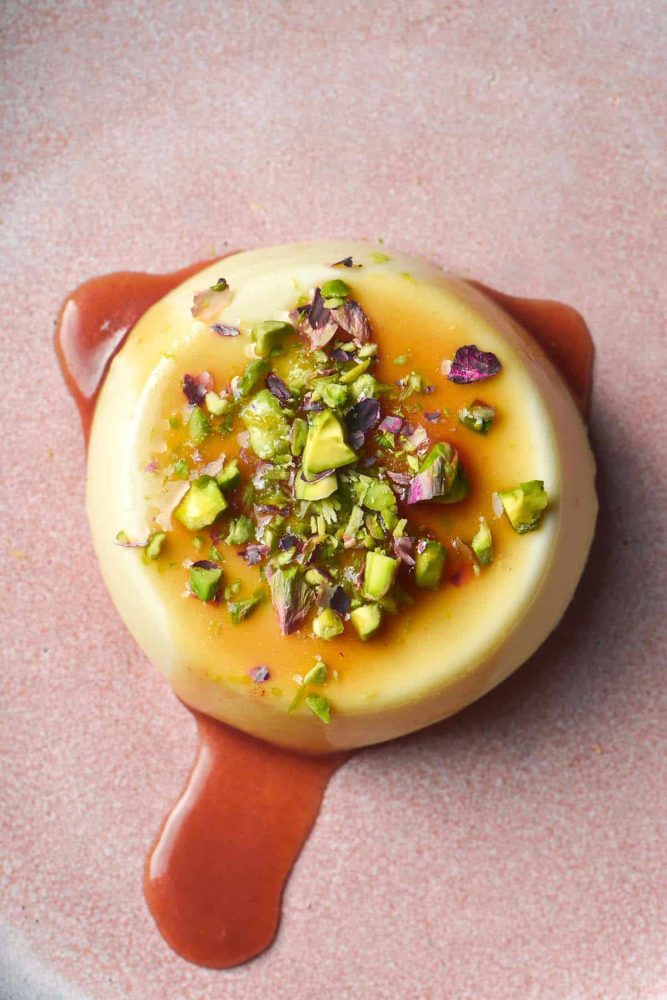
Panna Cotta has made a major comeback as a dessert of choice that offers a taste of nostalgia.
Trending food ingredients seem to fall into two categories: the unusual and the opulent. Some of the more unusual ingredients appearing on menus are Algae (seaweed in all forms!), tamarind, celery root and from Evoy’s experience buckwheat and anchovies.
Yuzu, an East Asian grown citrus fruit, is popping up everywhere from drinks to desserts and condiments. Unlike its lemon lookalike, the flavour is more complex, with herbal and floral notes. In the way of opulence, caviar is trending both on and off the gram. Caviar’s come-up can be attributed to a craving for maximalism and pleasure—something deeply absent during the lockdown years.
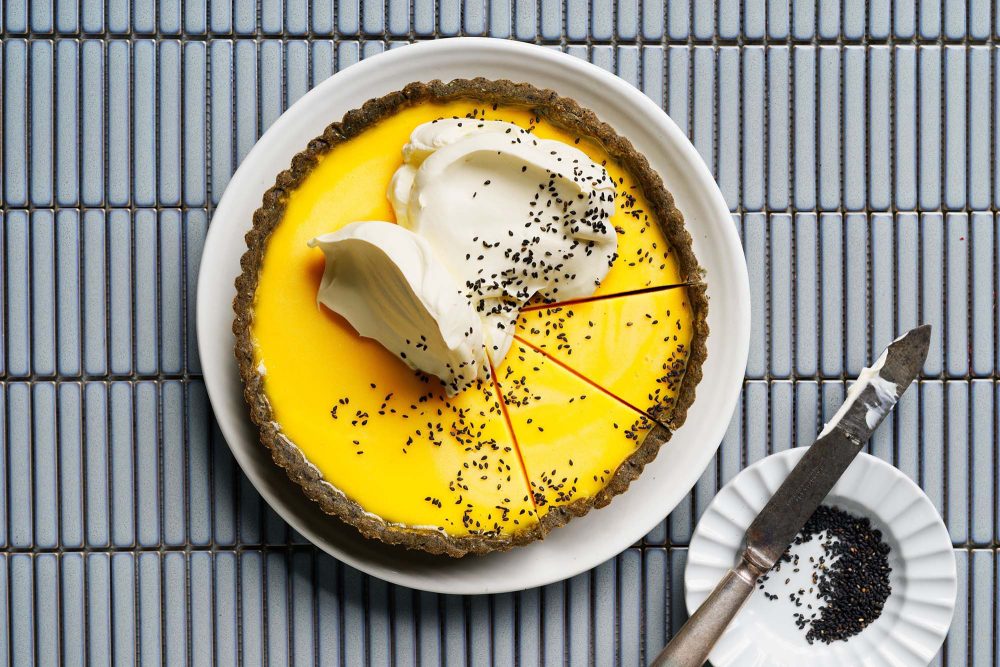
Yuzu, a citrus fruit of East Asian origins, is having a moment as a hot ingredient in everything from cocktails to desserts.
Cheers to sobriety
From the sober curious to the California sober (no Los Angeles zip code needed)—there’s a growing and diverse demographic of those opting for mocktails and near beers. With the growing health and wellness industry, the decline in drinking especially across Gen Z is not a passing fad. Over the past 5 years, the demand for non-alcoholic options has continued to rise. NielsenIQ sales data shows that Year-over-year the non-alcoholic spirits category ballooned 113.4% and on delivery app Drizly the category sales were even higher — where they spiked 290% in 2021.
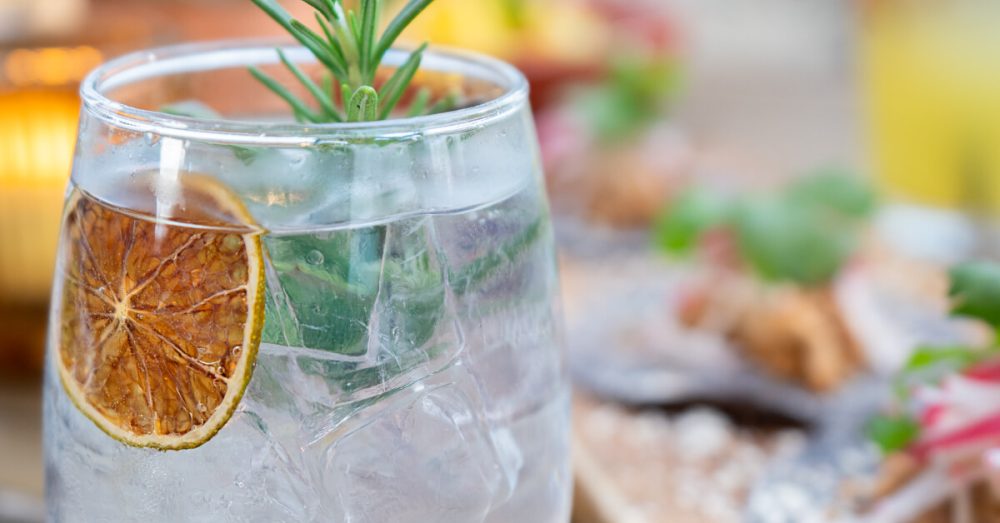
A taste of what’s to come
Maximalism in design seems to be having its moment. With so many accessible AI tools available online, restaurants will continue to pursue unique options to set themselves apart from the pack branding wise.
Paquette sees a lasting effect of the pandemic as, “self-reliance, both on an individual level and on a business one.” Alternatively, Evoy sees the pursuit of a more cohesive brand ecosystem as one more element in appealing to the ever-evolving standards of consumers and elevating your global appeal on and offline.
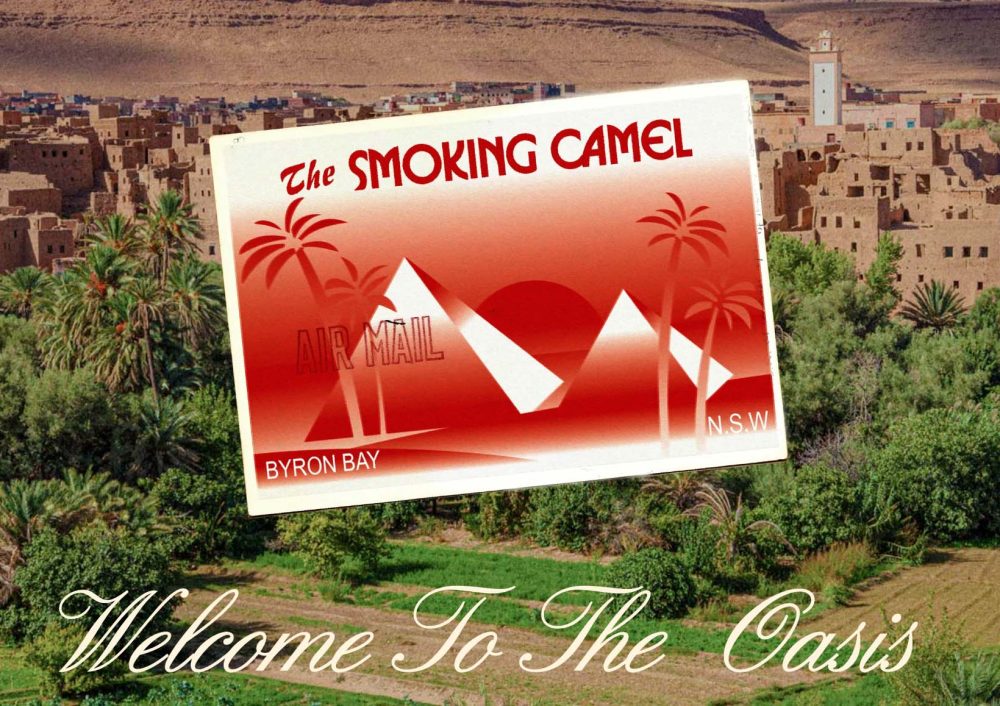
“Color palettes and textures are getting bolder. I’m seeing a more unified design approach that seamlessly connects everything from logos and menu design to furniture, lighting and social media aesthetics. I love seeing this level of consideration. During a recent visit to Australia, I was struck by the innovation. Spaces like Pixie Food and Wine or The Smoking Camel exude creativity and originality—they’re setting a new standard for the industry.”

News you care about. Tips you can use.
Everything your business needs to grow, delivered straight to your inbox.


